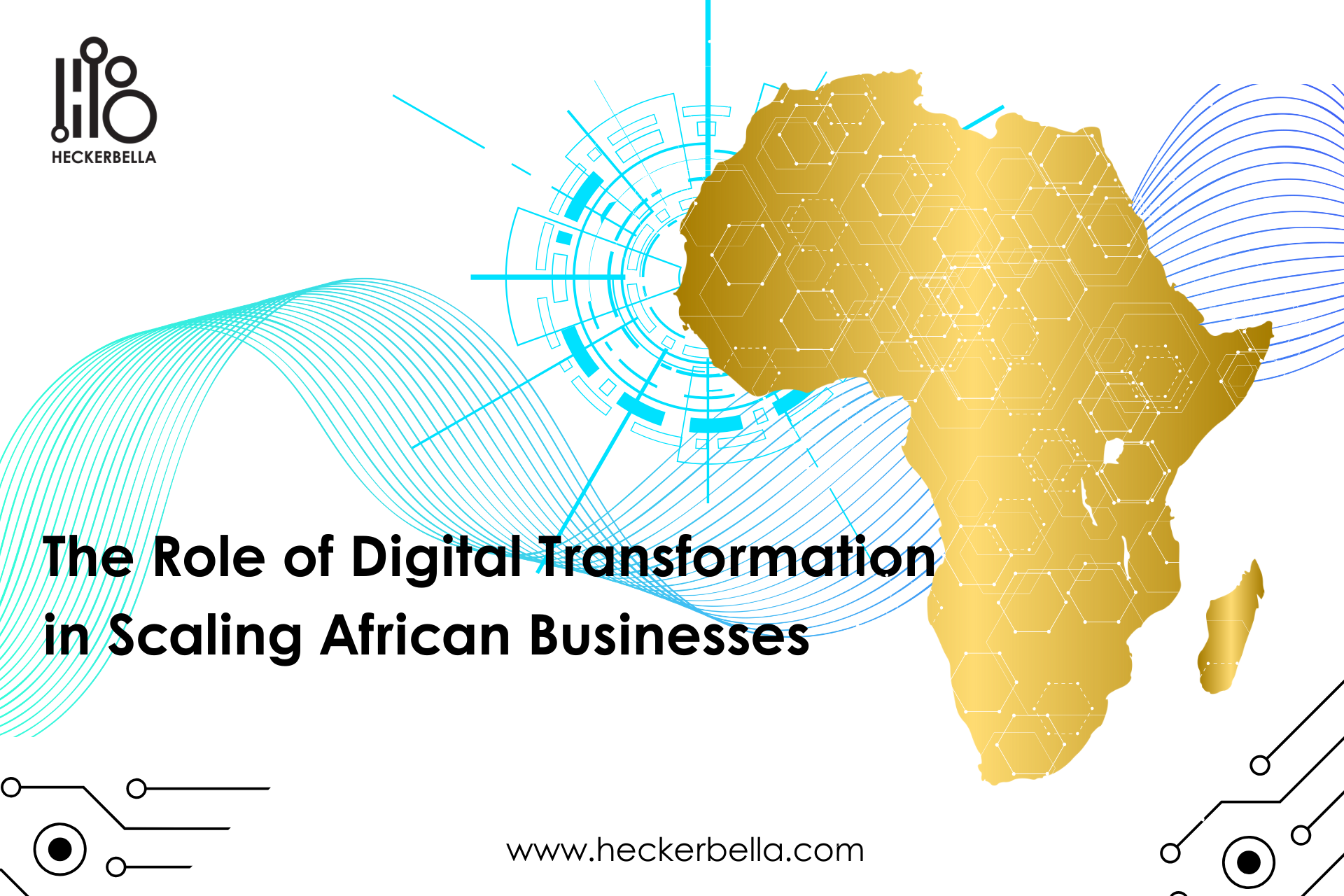Sustainable Technology : A Double-Edged Green Blade – Exploring The Virtues And Challenges
Exodus Edet
March 4, 2024

As climate change casts a long shadow, sustainable technology emerges as a beacon of hope. From harvesting the sun’s power with solar panels to conserving water with smart irrigation systems, eco-friendly innovations are taking center stage in Africa and around the world. From illuminating remote villages with solar power to boosting farming yields through precision agriculture, sustainable technology promises a win-win for the planet and our wallets. However, like any complex solution, it’s important to acknowledge the potential downsides and ensure responsible development.
Threats
1. Resource Exploitation: While aiming to protect the environment, sustainable technologies can themselves put a strain on specific resources. Mining for rare earth elements needed for batteries and solar panels can have negative environmental and social impacts.
2. Greenwashing and False Solutions: Unscrupulous actors may exploit the growing demand for sustainability with misleading claims and “greenwashing” practices, hindering progress and diverting resources from genuine solutions.
3. Equity and Accessibility: Not everyone benefits equally from sustainable technologies. Cost barriers and unequal access to resources can exacerbate existing inequalities, leaving vulnerable communities behind.
4. Unintended Consequences: While the intent is good, unforeseen consequences can arise. For example, widespread adoption of electric vehicles could strain power grids, requiring further infrastructure development.
Mitigating the Risks
1. Life Cycle Assessments and Responsible Sourcing: Evaluating the environmental impact of sustainable technologies throughout their entire life cycle, from material extraction to disposal, is crucial. Responsible sourcing of materials and minimizing resource consumption are key.
2. Transparency and Regulation: Clear regulations and robust standards help prevent greenwashing and ensure companies prioritize genuine environmental benefits. Transparency in supply chains and product information empowers consumers to make informed choices.
3. Promoting Inclusive Green Growth: Targeted initiatives and financial support can ensure equitable access to and benefits from sustainable technologies. Collaborations between governments, businesses, and communities are essential.
4. Anticipate and Adapt: Continuously monitoring and evaluating the impacts of sustainable technologies allows for proactive mitigation of unintended consequences. Adapting and refining approaches based on new data is crucial for long-term success.
Unlocking the Opportunities
1. Combating Climate Change: By reducing reliance on fossil fuels and promoting renewable energy sources, sustainable technologies play a vital role in mitigating climate change and its far-reaching consequences.
2. Resource Conservation and Efficiency: Utilizing resources like water and land more efficiently leads to environmental benefits and economic savings, ensuring sustainability for future generations.
3. Creating Green Jobs and Economic Growth: Investing in sustainable technologies fosters innovation, creates new green jobs, and stimulates economic growth, benefiting societies and individuals alike.
4. Enhancing Public Health and Wellbeing: Reducing air and water pollution through cleaner technologies leads to improved public health and overall wellbeing, creating a healthier future for all.
The Way Forward
Sustainable technology offers a powerful path towards a greener future. However, navigating this path requires acknowledging potential challenges and actively mitigating risks. By fostering responsible development, promoting inclusivity, and continuously adapting our approach, we can ensure that sustainable technologies truly benefit both the planet and its people. Let’s harness the power of innovation responsibly, ensuring a future where environmental integrity thrives alongside human well-being, leaving no one behind.




